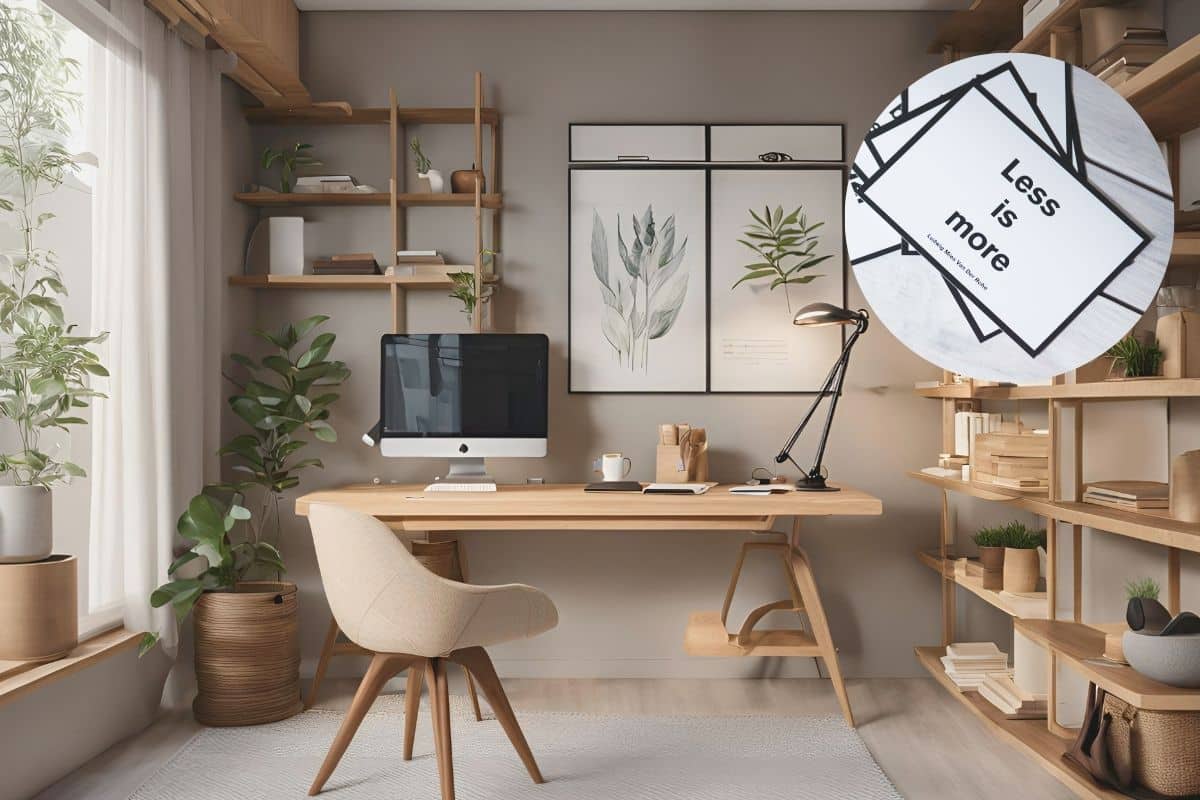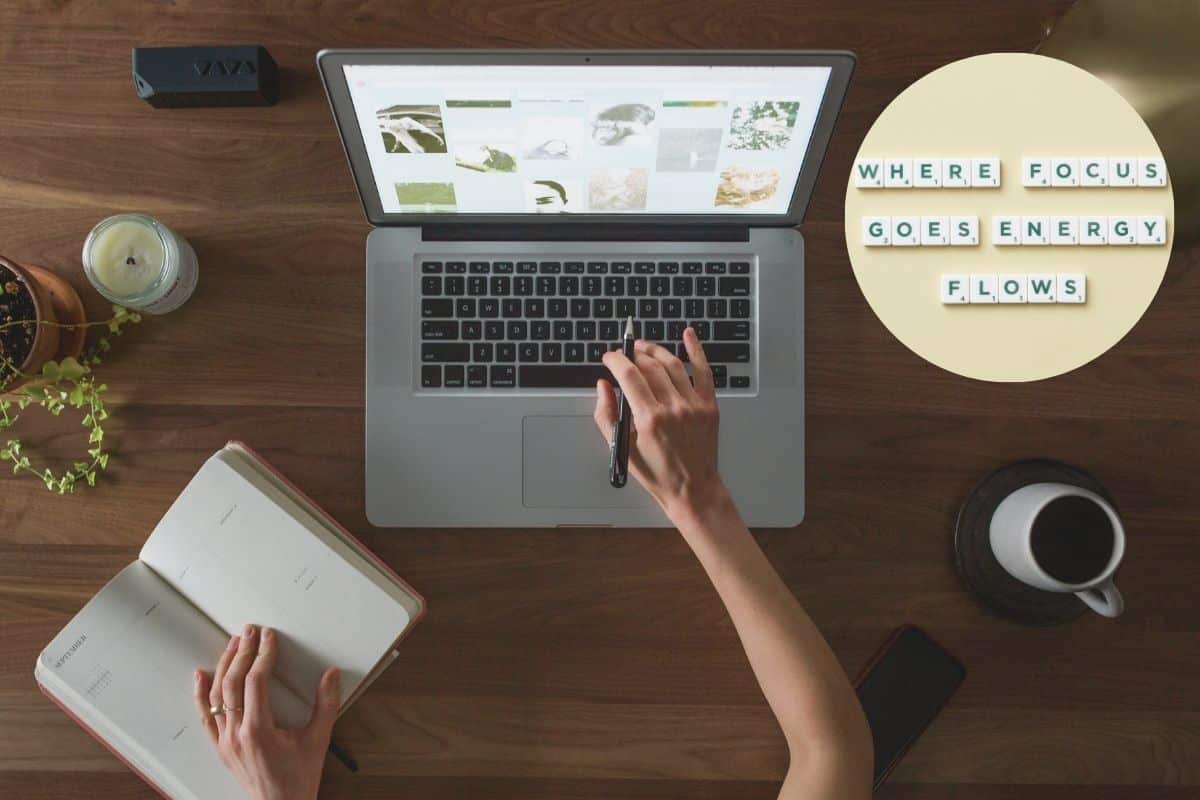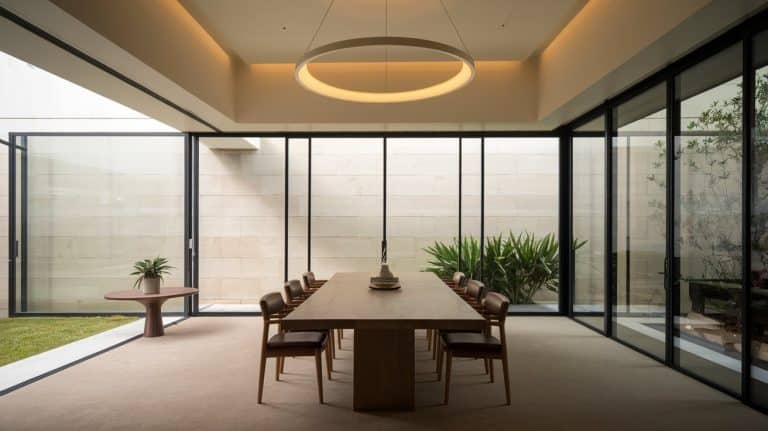Mastering Study Spaces: From Dorm Caves to Libraries
Look, we get it—when you’re staring down a pile of notes and assignments, the last thing on your mind is where you’re sitting. But here’s a wild fact: your study space can actually make or break your productivity.
In this article, we’re exploring how to build study spaces that work with you—not against you—by breaking down the science, culture, and sneaky little hacks of study space design.
Cultivating Productive Study Habits Anywhere
Before we tackle the battle of chairs, desks, and lighting, let’s address the other elephant in the room: habits. We know, we know, we were supposed to discuss study spaces, but believe us, you still need to work on your focus if it wavers too easily.
One of our education experts, Julia Santos says, “Muitos estudantes no Brasil e no mundo precisam entender que a disciplina pessoal é tão importante quanto o próprio espaço de estudo. Existem ferramentas que ajudam você a se concentrar e a escrever. Fizemos uma comparação minuciosa das plataformas de serviços de assistência acadêmica, incluindo a plataforma Studybay, verificamos as avaliações da Mettzer, entre outras, além de sua segurança e se elas cumprem os prazos. Avaliamos também como os jogos e a gamificação podem contribuir para o sucesso acadêmico. Concluímos que o uso racional dos recursos e ferramentas seguras, somado à disciplina pessoal, é a chave para a produtividade dos estudantes”.
Translation: Students in Brazil and around the world need to understand that personal discipline is as important as the study space itself, and there are tools available to help with focus and writing.
After conducting a thorough comparison of academic assistance platforms, their security, reviews and deadline compliance, we found that the rational use of reliable tools and resources combined with personal discipline is key to student productivity.
For focus tools, we have a list for you to check out.
If your attention span is shorter than a goldfish’s, no amount of fancy decor is going to save you. It’s all about having habits that can transform any space into a makeshift focus zone.
- The Pomodoro Technique: The idea here is to trick your brain into working by feeding it manageable chunks of study time—25 minutes, with breaks in between.
- Gamify It: For anyone who’s spent hours hunting achievements in video games but “didn’t have time” for studying, here’s your hack. Apps like Habitica or Forest let you turn study tasks into mini-games. Complete a task? Reward yourself with a virtual tree…or pet dragon—whatever works.
- The Japanese “Kaizen” Approach: No, not some fancy ancient samurai thing—Kaizen is all about continuous, tiny improvements. So, you’re tackling them bit by bit instead of having an existential crisis every time you look at your to-do list.
At the end of the day, even the best-designed space needs a disciplined student. Remember: it’s not your desk’s fault you’re scrolling social media for the nth time in an hour.

The Psychology of Study Spaces: Do They Really Matter?
Yes, your study space matters. Here’s the science, or at least the CliffsNotes version, on why a well-designed space can stop you from melting into a puddle of procrastination.
- Lighting: Natural light = a happy, focused you. Dim light? Not so much. If your “natural light” comes from a desk lamp that might be older than you are, consider swapping it out for something brighter and friendlier.
- Color Therapy: Colors like blue and green are great, while reds and oranges are more about energy and creativity—perfect if you’re trying to finish that paper by, say, three in the morning.
- Clutter and Mental Load: A cluttered desk adds to cognitive load, which basically means your brain is doing extra work to process visual distractions. A well-organized space helps clear mental “bandwidth” for the actual work at hand.
- Spatial Layout and Cognitive Flow: Research suggests that physical movement—like switching spots or even the way furniture is arranged—can keep your brain engaged and improve memory retention. If you’re working in a small space, try adding an extra chair to change up your positioning or placing study materials in different zones. Even a small change can reset your focus.
So, what designs combine these factors?
Global Design Inspirations for Epic Study Spaces
Forget Pinterest boards; some of the best study space ideas are inspired by actual cultural aesthetics that have stood the test of time. Here are a few of our favorites:
- Scandinavian Minimalism: The Nordic folks have this “keep it simple” thing down to an art. White walls, sleek lines, natural light, and absolutely zero clutter, Scandinavian spaces are designed to make you feel like you’ve got your life together, even if you’re on your fifth coffee of the day.
- Japanese Zen Zones: Japanese study spaces don’t just look good—they feel good. With muted colors, low tables, and clean lines, these spaces scream “productive yet calm.” Add some floor cushions and maybe a bamboo plant, and you’re one incense stick away from total Zen concentration.
- Latin American Color Therapy: Brazilian-inspired study spaces go heavy on the plants, wooden furniture, and colors bright just enough to make your brain happy. It’s energizing and warm, and it’ll feel like you’re in a cozy jungle instead of a stuffy study nook.
- European Academic Library Chic: If you’re a fan of dark wood, leather, and stacks of old books, channel the look of historic European libraries. You don’t have to be a duke or join Hogwarts to appreciate the class and focus these spaces inspire; a sturdy wooden desk and some heavy bookends might just be your ticket to a productive study experience.

Functional Design Elements for Actual Academic Success
If your setup doesn’t work for you, you’re just curating a museum of inefficiency. A better solution?
- Ergonomics for Dummies: If your chair doesn’t support you, your back is going to be louder than your will to study. Invest in something with lumbar support and, ideally, an adjustable desk. Trust us, and in the future, you will thank us.
- Multi-Functional Spaces: Whether you’re studying solo or tackling group projects, modular furniture is where it’s at. Movable tables, stackable chairs, and lightweight furniture mean you can adapt your space for different needs.
- Tech-Savvy Spaces: We’re all glued to our screens, so good lighting and cable management are a must. And if noise is your enemy, invest in soundproofing—be it noise-canceling headphones, a thick rug, or some wall hangings.
Adding some personal touches to your study area can actually also make it feel more like your space and less like an airport waiting lounge. Plus, studies show plants improve air quality and your mood—so go ahead and add that cactus to your desk.
Conclusion
Here’s the takeaway: Study spaces matter, but only if you make them work for you. Remember, even the most impeccably designed space can’t study for you.
That’s on you. But if you build a space that’s comfortable, inspiring, and functional, you’ll find it’s easier to stay on track and maybe even enjoy the grind just a little bit.








https://pinupaz.top/# pinup az